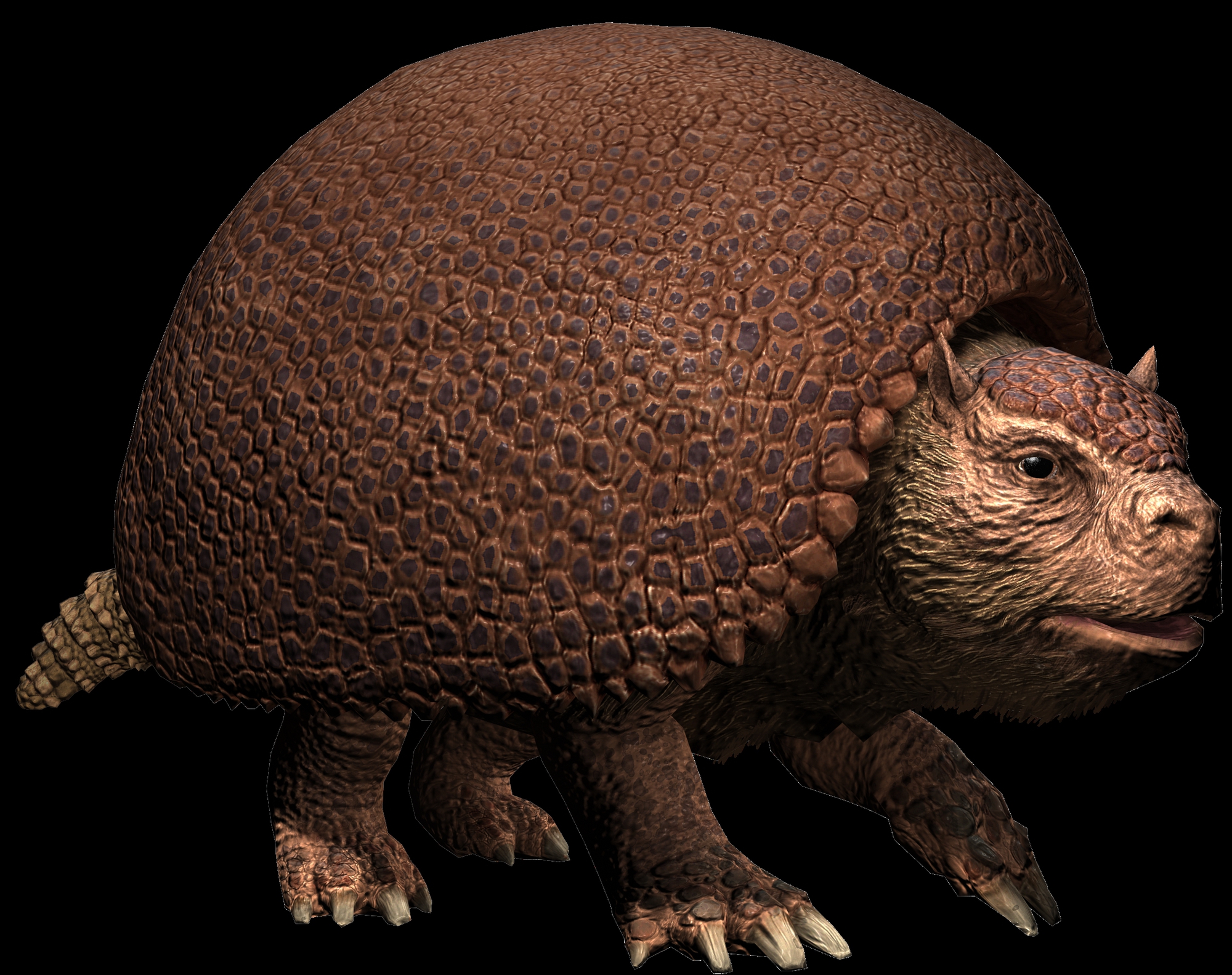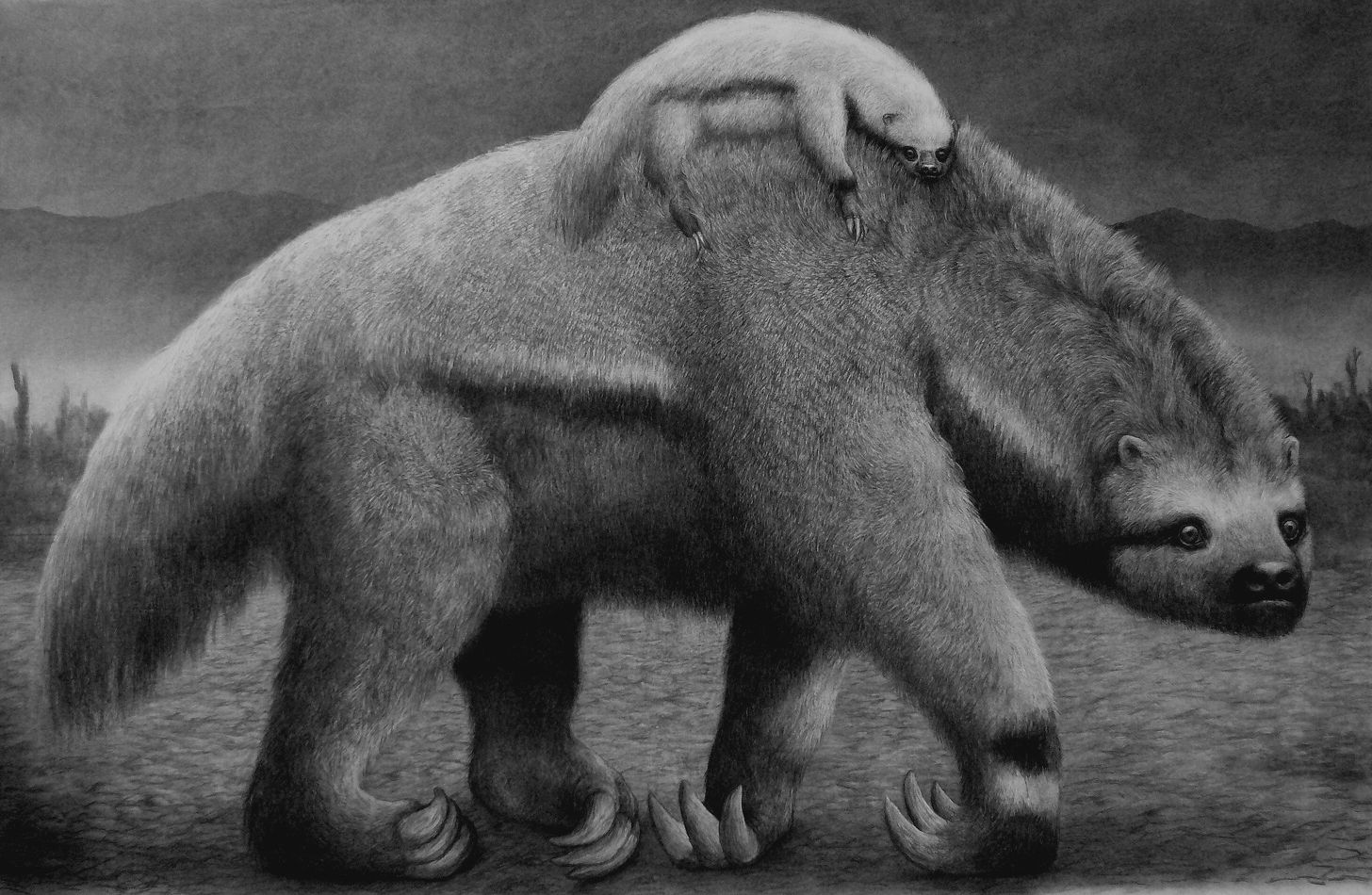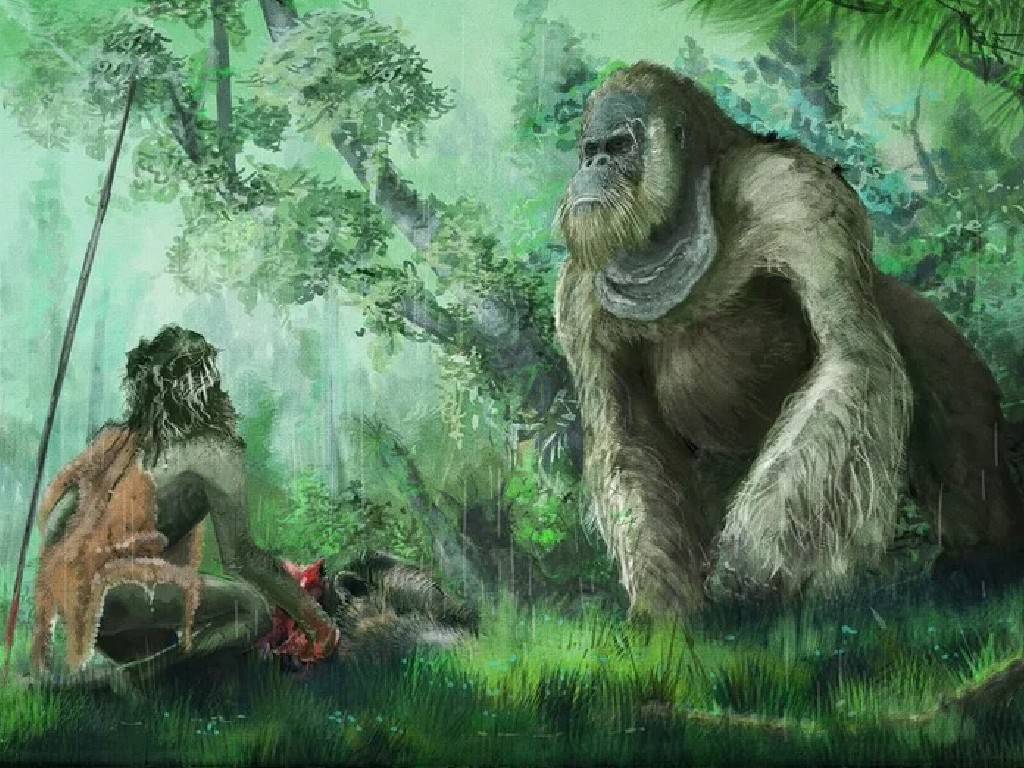
Glyptodon: An animal with super-hard armor the size of a car
Between 5.3 million and 11,700 years ago, a special creature known as Glyptodon – which means “grooved tooth” – walked the Earth.
This giant animal is more than 3m long and weighs nearly 2 tons, they live in North and South America today. In addition, the Glyptodons also possess a fairly long and strong tail, accompanied by an armor that covers the entire body with more than 1,000 bone scales. They are a herbivores with a fairly peaceful personality and never have to worry when facing predators.
Based on damage found on fossilized glyptodon shells, scientists believe the animals are rarely attacked by other species, instead often fighting with each other to settle disputes over territory or friends. love.

Titanoboa: Giant python up to 15m long
Titanoboa, the largest python known to man. When comparing the size and shape of their fossilized spines with those of modern snakes and pythons, the researchers estimated that their bodies as adults were more than 15 meters long and weighed about 1.1 tons, about twice as heavy as the snakes. 10 times an adult anaconda today.
Scientists still can’t explain what makes this python so large, but there are many speculations that during the Paleocene period Colombia was a warm tropical area with squid The average temperature is 32 degrees Celsius.
It was the warm climate of the earth at that time that allowed the pythons and cold-blooded snakes to be larger in size than their present-day relatives.
This giant python lived in the same era as dinosaurs such as Majungasaurus, Masiakasaurus, and Rahonavis. With such a size, Titanoboa could be ready to eat dinosaurs to satisfy his hunger.
As for the reason why the giant python Titanoboa became extinct, many people believe that there were times when the earth’s temperature had dropped, making it difficult for cold-blooded animals to adapt to low-temperature environments.

Megatherium: Giant ground sloths created mysterious rock tunnels in South America
Sloths today are relatively small in size, but their ancient relatives are different, ground sloths are nearly 4m tall and can weigh more than 4 tons.
Megatheriums once roamed the forests of South America. Their fossils are commonly found in Argentina, Uruguay and Bolivia, suggesting that the monster lived between 400,000 and 8,000 years ago.
Despite the ability to walk on all fours, they can still reach full height and stand on their hind legs to grab hard-to-reach leaves.
However, like modern sloths, giant ground sloths had a fairly slow movement speed, perhaps slower than anything alive at the time.
Ground sloths can dig tunnels over 6 meters long thanks to their huge and sharp claws. However, we have discovered thousands of giant stone tunnels with digging tracks of this species up to tens of meters long. According to geologists, such huge tunnels can be created by giant ground sloths over many different generations, not simply by an individual or a group.

Gigantopithecus: The largest primate that ever existed on Earth
The giant ape weighs nearly 300kg, but at the moment we have only discovered a few fossil samples of this ancient primate.
Archaeologists believe they could grow to be nearly four meters tall and may be the ancestors of today’s orangutans, which lived in Southeast Asia for about six to nine million years before becoming extinct about 100,000 years ago.
Based on fossils that have been discovered, paleontologists believe this species may have eaten plants, fruit, seeds and possibly even bamboo.
While most prehistoric animals at the time forged in both forests and grasslands, this ancient apes inhabited only one environment, the forest. And when the forest area is shrinking, their food sources also become scarce and this is also the reason why this giant primate is extinct.
In fact, it was not until 1935 that modern humans knew of the existence of this primate. Later, a German paleontologist named Gustav von Koenigswald found some ape teeth in China.

Woolly rhinoceros: A hairy prehistoric animal that roamed Eurasia
The woolly rhinoceros (Coelodonta antiquitatis) looks a lot like today’s rhinoceros. Like modern African rhinos, they also had a set of two horns, a large horn in front and a smaller horn between the eyes.
However, the difference with modern rhinos is that they have a lot of hair, with a longer head and body, and shorter legs. The woolly rhinoceros also has a large hump behind the shoulder.
Before extinction.





